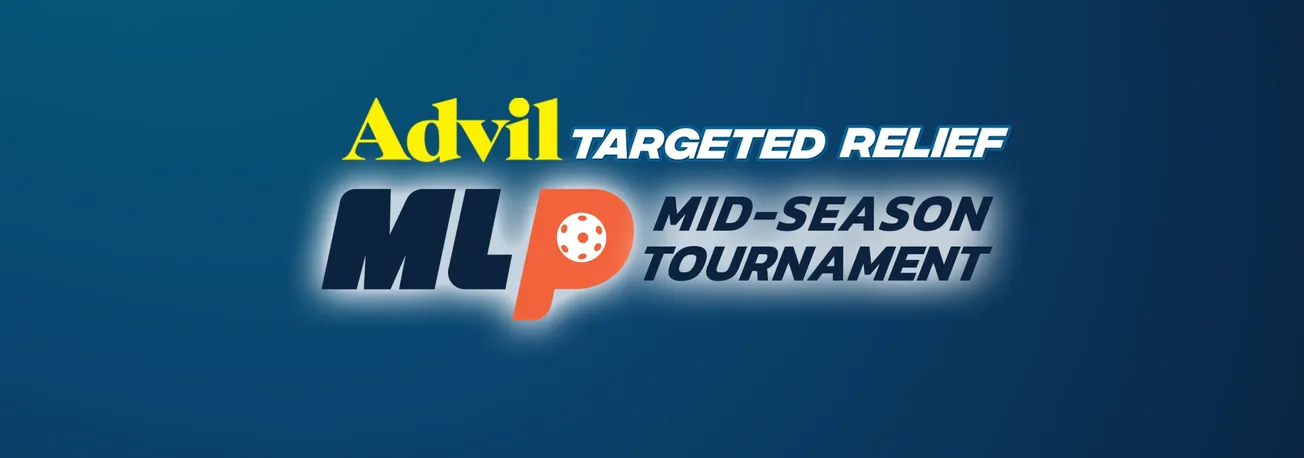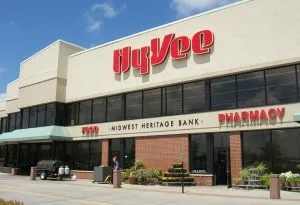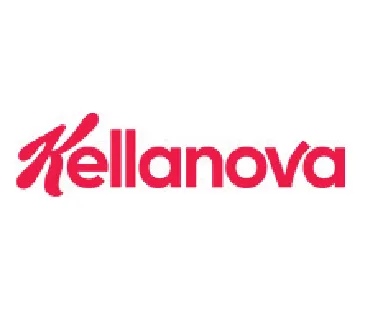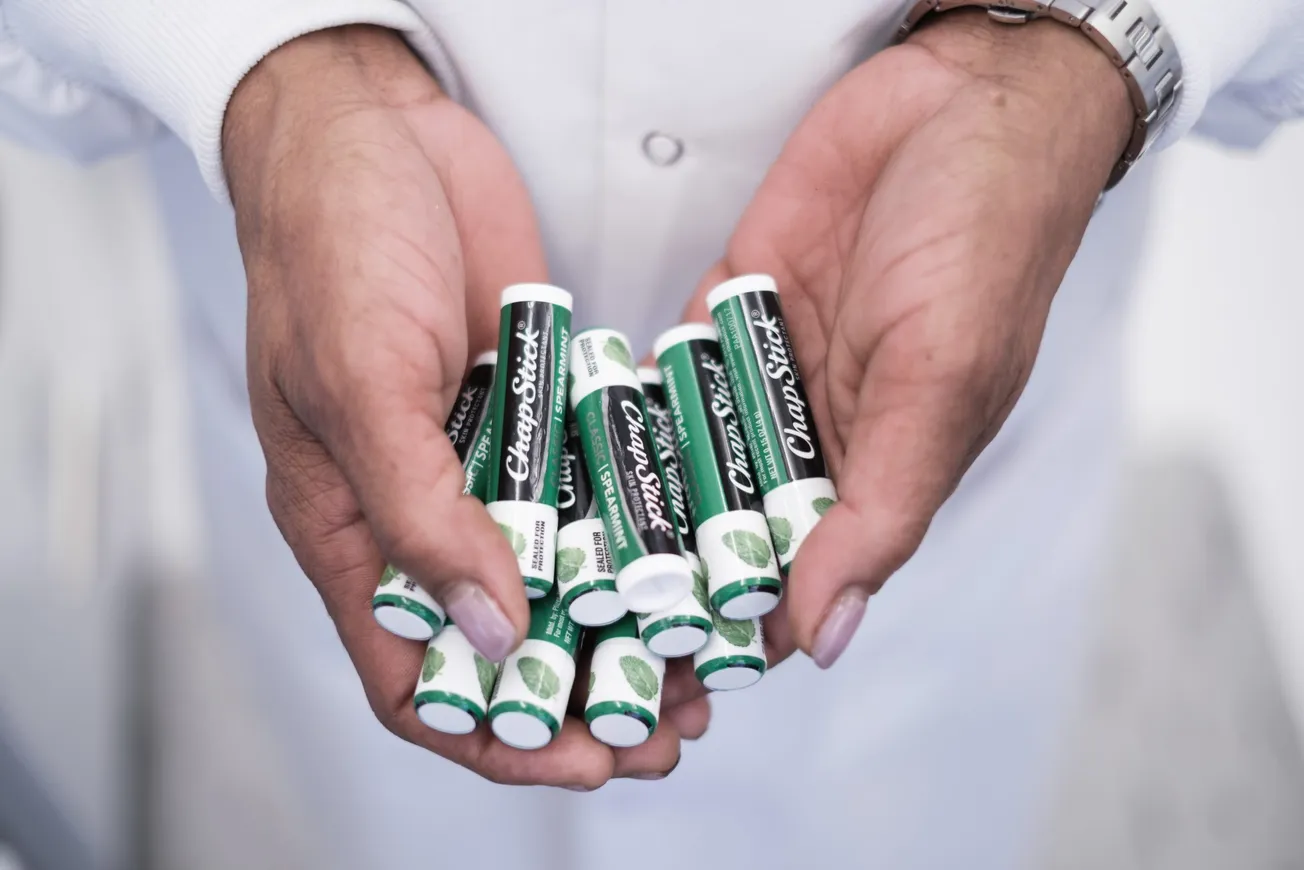DEERFIELD, Ill. — When asked what motivates him, Stefano Pessina, the driving force behind the creation of Walgreens Boots Alliance (WBA), says simply, “I like to build things.” The understated elegance of the response typifies the man, but it underplays the magnitude of his achievement.
A savvy dealmaker, Pessina, who has a degree in nuclear engineering, began with a family-owned drug distribution business in his native Italy; today, he runs one of the largest retail pharmacy, health and daily living destinations in the United States and Europe.
Stefano Pessina
At the end of last year Pessina pushed through the merger between Walgreen Co. and Alliance Boots, creating the new WBA, a company that operates in 25 countries and employs no fewer than 370,000 people around the world. In order to really appreciate the true scale of Pessina’s achievements one must consider the size of the business he has built — 13,100 retail pharmacies in 11 countries as well as a pharmaceutical wholesaler with a vast distribution network that delivers to more than 200,000 pharmacies, doctors, health centers and hospitals across 19 countries.
For everything he has done to restore Walgreens’ “commercial sense” and streamline its operations, even as he continues to forge new deals, Chain Drug Review has named Pessina, WBA’s vice chairman and chief executive officer, Retailer of the Year for 2015.
Pessina is not one to rest on his laurels, however, and he gives the clear impression that this journey is far from over, and now he is firmly putting his stamp on the U.S. market. Already an eventful year for Pessina and WBA, 2015 culminated in late October with the announcement that the company had agreed to acquire Rite Aid Corp. in a cash transaction valued at $17.2 billion. The deal — including 4,560 Rite Aid drug stores, the RediClinic in-store clinic business and the EnvisionRx PBM — is being examined closely by the Federal Trade Commission, which last month asked both companies for additional information. Pessina is taking the process in stride.
“I strongly believe our integration with Rite Aid will pass muster with the FTC,” he says. “We may have to divest certain stores, but in the end we will get there. We have fantastic opportunities — Rite Aid is a quite lean organization. I believe we should learn from that, because Walgreens is still a really heavy organization.”
Pessina and his colleagues at WBA aren’t hanging fire while the acquisition works its way through the regulatory process. Efforts are under way to focus Walgreens on what it does best and, in the process, make the drug chain more efficient and profitable.
“We’re really trying to create a new culture, to shape the business in a different way,” Pessina explains. “Walgreens was a fantastic company with fantastic assets and wonderful locations. But it was in a situation where it was not the most loved pharmacy anymore, and the people there were focusing too much on food and other things that are not typical of a retail pharmacy.
“They were investing in flagship stores and spending a lot of money on creating something which in the end was not us. It was different from what we should be. You shouldn’t do something without being able to roll it over, because, at the end of the day, when you make an investment you must have a return from the investment.”
For Pessina and Alex Gourlay, the former Alliance Boots executive who is now president of Walgreens, that means, first and foremost, pharmacy, over-the-counter health care and beauty care. A top priority has been to fine-tune the idea of what should comprise a Walgreens drug store.
“During the past 12 months we have worked really hard to find a new format,” says Pessina. “Now we have put together a format where we will give more prominence to beauty, without exaggerating, of course, and reduce all of the categories that don’t belong in our locations. We are not Walmart. At the same time, we understand that we should find more formats, because America is too big to have just one. Walgreens must eventually have three or four formats that reflect the diversity of our customers.”
The reevaluation of the Walgreens offer includes taking a hard look at product segments and individual items.
“Of course we have to have categories like food, but we have to do them in a very selective way,” notes Pessina. “We have to fill the space with products with higher margins, because otherwise we won’t make money on the front of the stores. We have to make money there because we have to compensate, to a certain extent, for the loss of gross margin in the pharmacy. In pharmacy, the reality is that the margin will go just one direction — down.
“We have made big progress in the front of the store by doing very simple things. We have increased margin and dollars quite substantially. But there is still a lot more to do.”
In the drive for efficiency, the company is complementing those efforts by sharply reducing costs. A billion and a half dollars in savings, half of which has already been realized, have been promised by 2017. At the same time, investments in technology, software and other necessary infrastructure improvements have been stepped up, and a new organizational alignment for field operations has been implemented.
“We have accelerated the pace of change at Walgreens, but we want to accelerate that further,” Pessina asserts. “The pace we have now is still not the right pace, but it’s much better than before.
“It’s quite understandable at the end of the day because we have to change the mechanism, but we also have to change the mind-set of the people in the stores. We have to treat them better, we have to educate them better, we have to invest in these people, because they present our face to the customers and represent us.
“In the past, Walgreens had a culture where when they had to make savings they looked at the stores, which was the wrong thing to do. You have to cut costs at headquarters, because headquarters is there to support the stores, not vice versa.”
Pessina is well respected for his passion and dedication to the health care industry, and his four decades of experience will be key to enabling Walgreens to maintain its status as one of America’s premier pharmacy providers. Maintaining that position is going to be a challenge for Walgreens and Pessina, as the health care system is being restructured through a combination of government policy and private sector initiatives, with cost containment one of the items at the top of the agenda. Ever confident, Pessina thinks that the transition can be successfully negotiated.
“I tell our shareholders that we have a big cake, big enough to satisfy everybody,” he says. “And we have many different players, with everybody trying to grab a piece of the cake. In this frenzy to grab a piece of the cake, a good portion of the cake falls on the floor and is wasted. If we were more rational, we would be able to proceed in a more orderly fashion and cut good slices of the cake so that everybody could eat more and the cake overall would be smaller. The ultimate payers will have to pay for a smaller cake and everybody will eat more.”
In his view, one prerequisite for attaining that outcome will be the emergence of new combinations among health care providers. The trend is already evident in sectors ranging from pharmaceutical manufacturing to health insurance and, of course, retail pharmacy.
“Vertical consolidation will be the next phase to rationalize the market,” says Pessina. “When this happens, in three to five years, when the horizontal consolidation will have stabilized, we will have the best pharmacy network in the country, and we will be there ready for partnerships, ready to create new solutions for patients and payers.
“The Rite Aid acquisition is not transformational, it’s an add-on, but it will put us in a much better position when we will have to do the big deal which will change the course the pharmacy industry in the U.S. Every day I discover new opportunities in the American market, and every day I discover things that have to be fixed. Overall, the balance is positive and, to be honest, Walgreens is a great company.”








